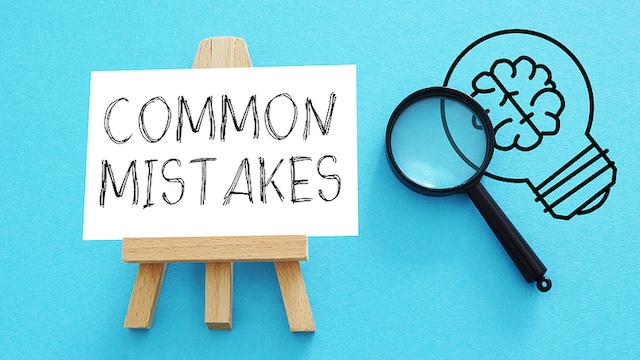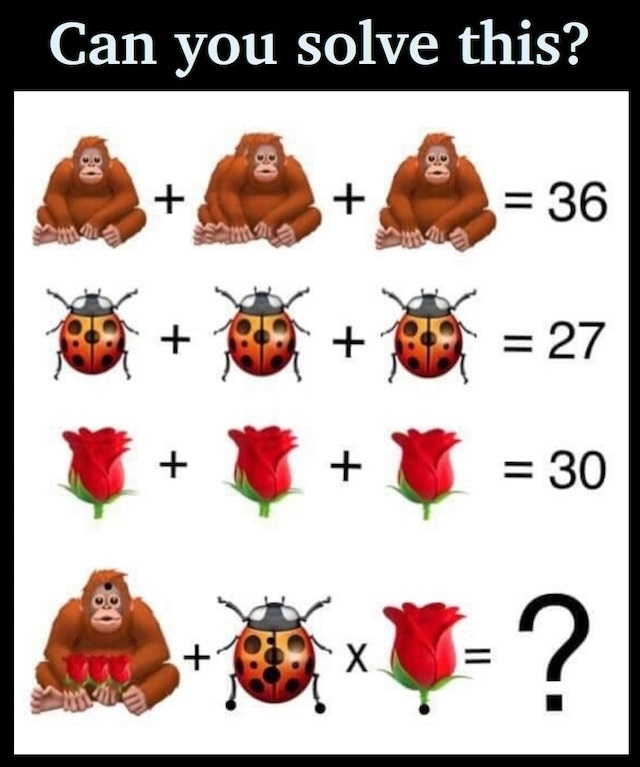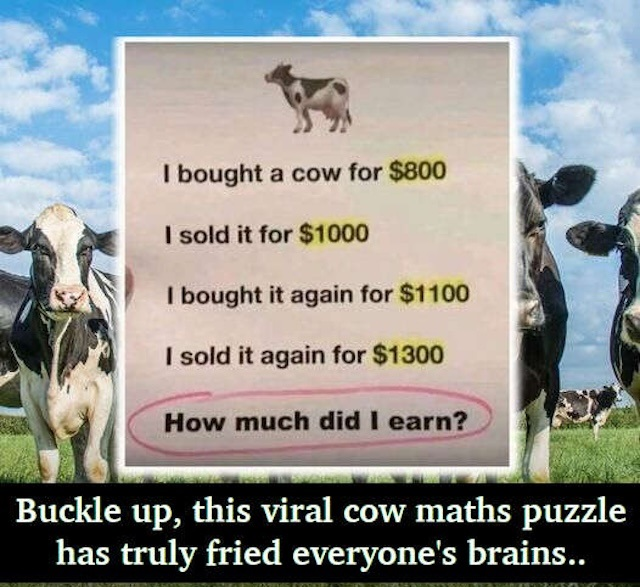Can You Spot the Hidden Mistakes? Test Your Observation Skills!
Are you confident in your ability to spot hidden mistakes? When looking at an image, can you identify the smallest inconsistencies? Many people believe they have sharp observation skills, but when it comes to puzzles that challenge attention to detail, even the most seasoned observers can miss key errors. In this article, we will delve into a visual challenge designed to test your observation abilities. While the image may seem perfect at first glance, there are subtle errors that most people overlook. Let’s dive in and test your powers of observation!
The Art of Spotting the Subtle
In visual puzzles, the real challenge lies in noticing the small, almost invisible mistakes that are cleverly hidden in plain sight. You might think you have a keen eye, but when it comes to visual challenges, it’s easy to be distracted by the most obvious elements of the image. Think of the large objects, vivid colors, or central figures in a scene. While those elements may grab your attention, the real test is noticing the seemingly insignificant details that don’t belong. To succeed in these challenges, you need to practice questioning what you see, even when it looks perfect. This is the core skill in solving these kinds of visual puzzles.
Common Pitfalls in Observation Challenges
When people tackle these kinds of puzzles, they often make the mistake of focusing too much on the obvious. This is especially true when the image is full of bright colors, large objects, or figures that draw attention. As a result, people tend to miss the smaller details that may actually be the key to solving the puzzle. For example, many individuals overlook the shape of the moon or assume that the limbs of characters are correct without checking. Our brains are wired to automatically recognize these elements as “normal,” making it difficult to spot subtle errors. These puzzles exploit this tendency, forcing you to think critically and question your assumptions.
Step-by-Step Guide to Finding the Mistakes
Ready to take on the challenge? Here’s a step-by-step breakdown of how to spot the hidden mistakes in the image. Keep your eyes peeled and pay attention to the smallest details. With some careful observation, you’ll be able to find the errors that others might miss.
1. The Sky’s the Limit – Or Is It?
Look at the sky. At first glance, it may seem like a peaceful night with a single moon hanging in the sky. However, take a closer look. Do you notice something strange? There are two moons—one is a full moon, and the other is a crescent moon, both present at the same time. This is physically impossible, making it the first hidden mistake in the image. While our brains are used to seeing a single moon in the sky, the presence of two moons is an error that is easy to overlook if you’re not paying close attention.
2. The Extra Hand – A Subtle but Significant Error
Next, shift your focus to the couple on the beach. They appear to be enjoying a lovely sunset, but something doesn’t quite seem right. Take a closer look at the hand positions. There’s an extra hand holding a phone in the scene. But here’s the catch—it doesn’t belong to either of the two people in the image. One of the characters has an extra hand, and it’s this small mistake that many people fail to notice. It’s subtle, but once you spot it, it becomes glaringly obvious.

Why We Miss the Obvious
Have you ever wondered why you often miss the most obvious mistakes? It all comes down to how our brains are wired. We tend to focus on the larger, more dominant elements in a scene, such as bright colors or recognizable figures. Our brains are conditioned to quickly identify these components, so we don’t spend too much time analyzing them. As a result, our attention often bypasses the smaller, more subtle details that may actually be the key to solving the puzzle. These visual challenges exploit this natural tendency, making it harder to spot the hidden mistakes.
The Fun in Finding Errors
Solving puzzles like these isn’t just about finding the mistakes—it’s also about sharpening your mind. The more you practice, the better you get at noticing the small details in everything around you. This skill can be useful in everyday life, whether you’re working, learning, or simply navigating through daily activities. Observational puzzles also bring an element of fun into the equation. There’s a sense of satisfaction that comes with catching mistakes that most people miss. It’s a reminder that sometimes, the smallest errors can be the most challenging to find, but they’re also the most rewarding when discovered.

Challenge Your Friends
Think you have the sharpest eye? Now it’s time to challenge your friends and see if they can spot the hidden errors. Share the puzzle with them and compare how quickly they can find the mistakes. It’s a great way to test the observational skills of those around you and see how different people approach the same challenge. Some may catch the errors immediately, while others may stare at the image for minutes without noticing anything wrong. You’ll likely learn new strategies for tackling puzzles just by comparing your observations with others.
Final Thoughts on Visual Puzzles
Visual puzzles are more than just a fun distraction—they offer a valuable opportunity to enhance your cognitive skills. By challenging yourself to notice the small details in these puzzles, you’re training your brain to become more observant and alert in everyday life. Whether you’re solving puzzles for fun or applying these skills in real-world scenarios, the more you practice, the sharper your mind will become. As you engage in more visual challenges, you’ll find yourself thinking more critically and developing a heightened attention to detail, both of which are invaluable in numerous aspects of life.
So, how did you do? Were you able to find both mistakes on your first try, or did one of them elude you? Don’t worry if you didn’t catch them immediately—these puzzles are designed to be tricky! The important thing is to keep practicing and honing your observation skills. Share your experience with others, and remember, the more you challenge yourself, the better you’ll become at noticing the hidden details in everything around you.
Share this content:










Post Comment